How To Find Resultant Force Using Parallelogram Method
The parallelogram method to calculate resultant vector. The resultant force is the vector sum between the components.

Find The Resultant Force Using Parallelogram Method Study Com
For your drawing use a scale of 2 kN 1.

How to find resultant force using parallelogram method. Use our free online resultant vector calculator using parallelogram law of forces to calculate the magnitude and direction of the resultant vector for the given magnitude and angle of vectors. Find the resultant force on the boat. Vector refers to a graphical representation of the magnitude and direction of a physical entity like force.
The resultant can be represented graphically by the diagonal of the parallelogram formed by using the two force vectors to determine the length of the sides of the parallelogram. The parallelogram law triangle rule and polygon rule are geometric methods to find the force resultant. O o o o 7340 180 10660 10660 7 2 cos 2 70 40.
Just resolve the two given forces into their cosine and add them to get the resultant force. The forces make and with the direction of motion of the boat. Determine the resultant of the two forces by graphical measurement.
The polygon method is a method for finding sum or resultant of more than. Find the resultant force. Parallelogram method In this method two vectors vecu and vec v are moved to a common point and drawn to represent two sides of a parallelogram as shown in the picture.
According to the parallelogram law of vector addition the magnitude of. The resultant force can be determined also for three-dimensional force systems by using the polygon rule. In order to find their resultant R we can apply either the parallelogram law or triangle rule.
The boat moves forward in a straight line. Which indicates that the resultant force R has the same direction as a and has magnitude equal to the product m a. For example if a box of 15 kg is subject to 5 forces which make it accelerate 20 ms 2 north-west then the resultant force is directed north-west and has the magnitude equal to 15 kg 20 ms 2 30 N.
R P Q2 2PQ cos R P Q2 2PQ cos Ex. Resultant force force 1 - force 2 780 - 330 450 N to the right Since the force to the right is greater than the opposing force from the left the net force resultant force of 330 N must act from left to right. Here you know the direction of the resultant force.
This video shows how to find the resultant force of two vectors using the parallelogram method. Above you added the forces but here you subtract one from the other. Parallelogram method is a method for finding sum or resultant of two vectors.
The magnitude of the resultant can be accurately measured. Can be used for two vectors also. In case where you dont know the direction of resultant you can use either method.
Find the angle between a force of 70 N and a force of 40 N if their resultant has a magnitude of 90 N. Examples to Explain in details how to find the resultant of two forces with angle between them using the parallelogram method. For your Problem 1.
If there are several forces acting on the same point we can apply the polygon rule to find their resultant. If the displacement vectors A B and C are added together the result will be vector R Resultant vector. Often however we know the forces that act on an object and we need.
The head to tail method to calculate a resultant which involves lining up the head of the one vector with the tail of the other. Ie draw the parallelogram neatly to scale and obtain the answer by directly measuring the angle and magnitude. We use the triangle law of vector addition and parallelogram law of vector addition for vectors addition of any two vectors.
The polygon method is a method for finding sum or resultant of more than two vectors. This is just a few minutes of a complete course. Get full lessons more subjects at.
We draw a parallelogram to help us find the resultant force. Parallelogram Law of Forces states that if any two given forces acting at a point are indicated in magnitude and direction by the two contiguous sides of a parallelogram then their outcome is signified in magnitude and direction by the diagonal passing through the point where magnitude specifies the vectors size or quantity and direction specifies how the vector is directed from one location to another. Methods for calculating a Resultant Vector.
Analytical Method for Resultant Force-Parallelogram Law of Forces. Parallelogram method is a method for finding sum or resultant of two vectors.

How To Calculate The Resultant Force Acting On An Object X Engineer Org
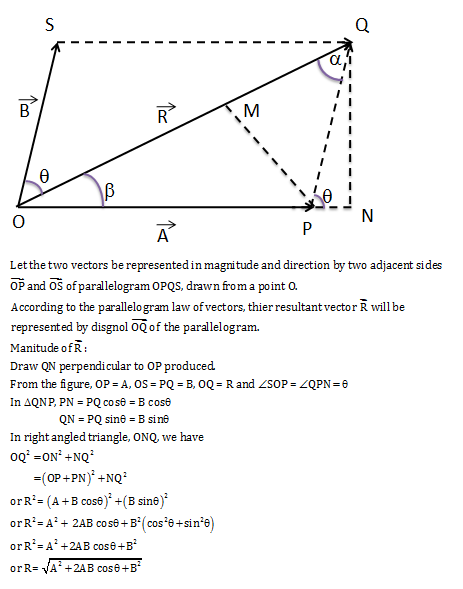
Discuss Parallelogram Law Of Vector Additionfind The Expression For Resultant Vector Using It Physics Topperlearning Com Ftvg944

How To Know What Method To Use When Finding Resultant Forces Physics Stack Exchange

Drawing A Parallelogram Of Forces Youtube
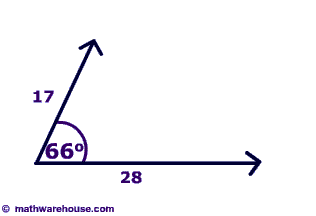
Resultant Vector How To Calculate A Resultant Using The Parallelogram Method And The Head To Tail Method A Resultant Is Simply
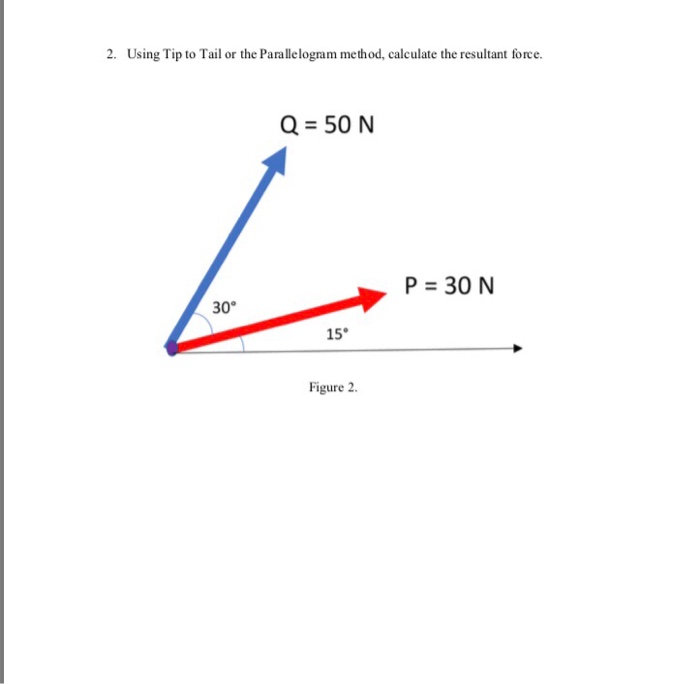
2 Using Tip To Tail Or The Parallelogram Method Chegg Com

Showing The Parallelogram Law Of Vectors With F A Being The Resultant Download Scientific Diagram

Addition And Resolution Of Forces Adding Forces Algebraic

Parallelogram Law Of Forces Definition Formula Examples Youtube

Vector Addition Scalar Multiplication Ppt Video Online Download

Parallelogram Law Of Vector Addition Questions And Answers Tutor 4 Physics

Resultant Vector Parallelogram Method

How To Calculate The Resultant Force Acting On An Object X Engineer Org

Showing The Parallelogram Law Of Vectors With F A Being The Resultant Download Scientific Diagram
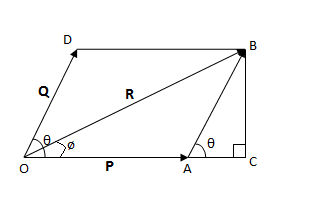
Parallelogram Law Of Vector Addition Mathstopia
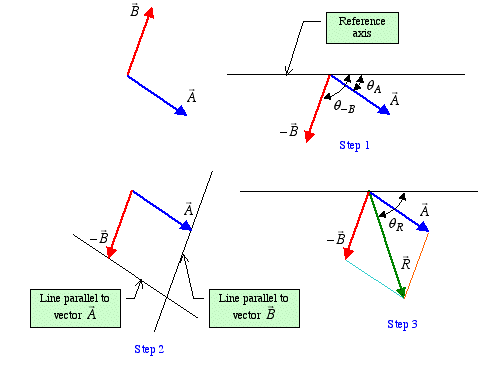
Vector Analysis Parallelogram Law

Law Of Parallelogram Parallelogram Law Resultant Of A Force System Youtube

Find The Resultant Force Using The Parallelogram Method Youtube
Post a Comment for "How To Find Resultant Force Using Parallelogram Method"